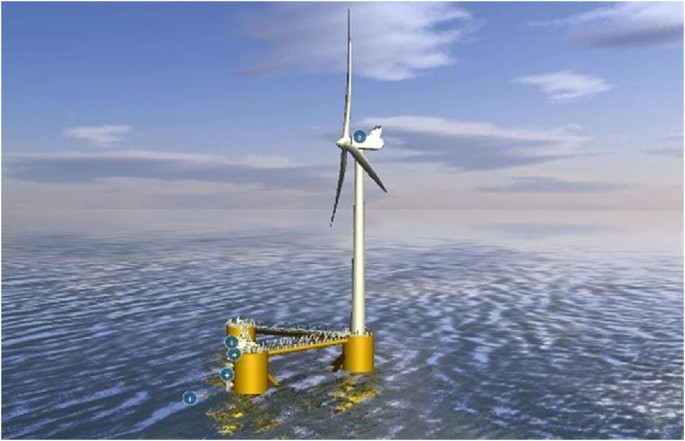
Proceedings of The Korean Society for New and Renewable Energy. Dynamic Response of Single Point Mooring Tidal Energy Converter with Various Duct Configurations. Proceedings of Korean Association of Ocean Science and Technology Societies Conference, Jeju Korea. Performance of the Duct Implemented in Single Point Moored TCP System with Various Diffuser Angles. Comparison of Simulations of Taut-Moored Platform PLAT-O Using ProteusDS with Experiments. Jeffcoate P., Fiore, F., O'Farrell, E., Starzmann, R., Bischof, S., 2016. Proceedings of The 12th European Wave and Tidal Energy Conference. Evaluating the Dynamic of Tension Mooring Supported Tidal Turbines. Journal of the Society of Naval Architects of Korea, 52(1), 43-51.įu, S., Johnstone, C., 2017. A Study on Effect of Aerodynamic Loads on Mooring Line Responses of a Floating Offshore Wind Turbine. The Impulse Response Function and Ship Motions. DNV OS-C101 Design of Offshore Steel Sturctures, General. RP-2SK, 3dr Edition.ĭet Norske Veritas(DNV), 2012. Design and Analysis of Stationkeeping Systems for Floating Structure.

The optimum mooring system for the floating tidal current power device was suggested to maximize the power generation and stability of the floater.Īmerican Petroleum Institute(API), 2005. The load that occurred on the mooring system satisfied the safety factor of 1.67 suggested by API.


As a result, it was found that the maximum mooring load of 200 kN and the floater excursion of 5.5 m were increased by the turbine effect.
ORCAFLEX FLOATING WIND CODE
In addition, in-house code was used for an iterative calculation to solve the coupled problems. In this study, the commercial program OrcaFlex 10.1a was used for a time domain motion analysis. However, unlike pile-fixed devices, there have been few studies involving the motion analysis of a moored-type tidal current power device. To maximize the power generation and stabilize the system, the coupled motion of the floater and turbine must be extensively analyzed. The dynamic behavior of a floater and turbine force are coupled because the thrust and moment of the turbine affect the floater excursion, and the motion of the floater can affect the incoming speed of the flow into the turbine. It can also be deployed in relatively deep water using tensioned wires. A floating-type tidal current power device can reduce the expensive support and installation cost, which usually account for approximately 41% of the total cost. Unlike tidal barrage, tidal current power does not require dams, which have a severe environmental impact. Electricity can be generated by converting the flow energy of the current into the rotational energy of a turbine. This paper investigates the accuracy and stability of the FAST/OrcaFlex coupling operation.Tidal current power is one of the energy sources of the ocean. In this application, FAST is responsible for capturing the aerodynamic loads and flexure of the wind turbine and its tower, and OrcaFlex models the mooring line and hydrodynamic effects below the water surface.

This can be achieved through the FASTlink coupling module, which couples FAST with OrcaFlex, a commercial simulation tool used for modeling mooring line dynamics. Higher modeling fidelity can be gained through the use of finite element mooring theory. In the case of a floating turbine, continuous cable theory is used to emulate mooring line dynamics. FAST (Fatigue, Aerodynamics, Structures and Turbulence) is a comprehensive simulation tool used for modeling land-based and offshore wind turbines. From an engineering perspective, system behavior and line loads must be studied well to ensure the overall design is fit for the intended purpose. Mooring and anchor design can appreciably affect the dynamic response of offshore wind platforms that are subject to environmental loads. To enable offshore floating wind turbine design, the following are required: accurate modeling of the wind turbine structural dynamics, aerodynamics, platform hydrodynamics, a mooring system, and control algorithms.


 0 kommentar(er)
0 kommentar(er)
